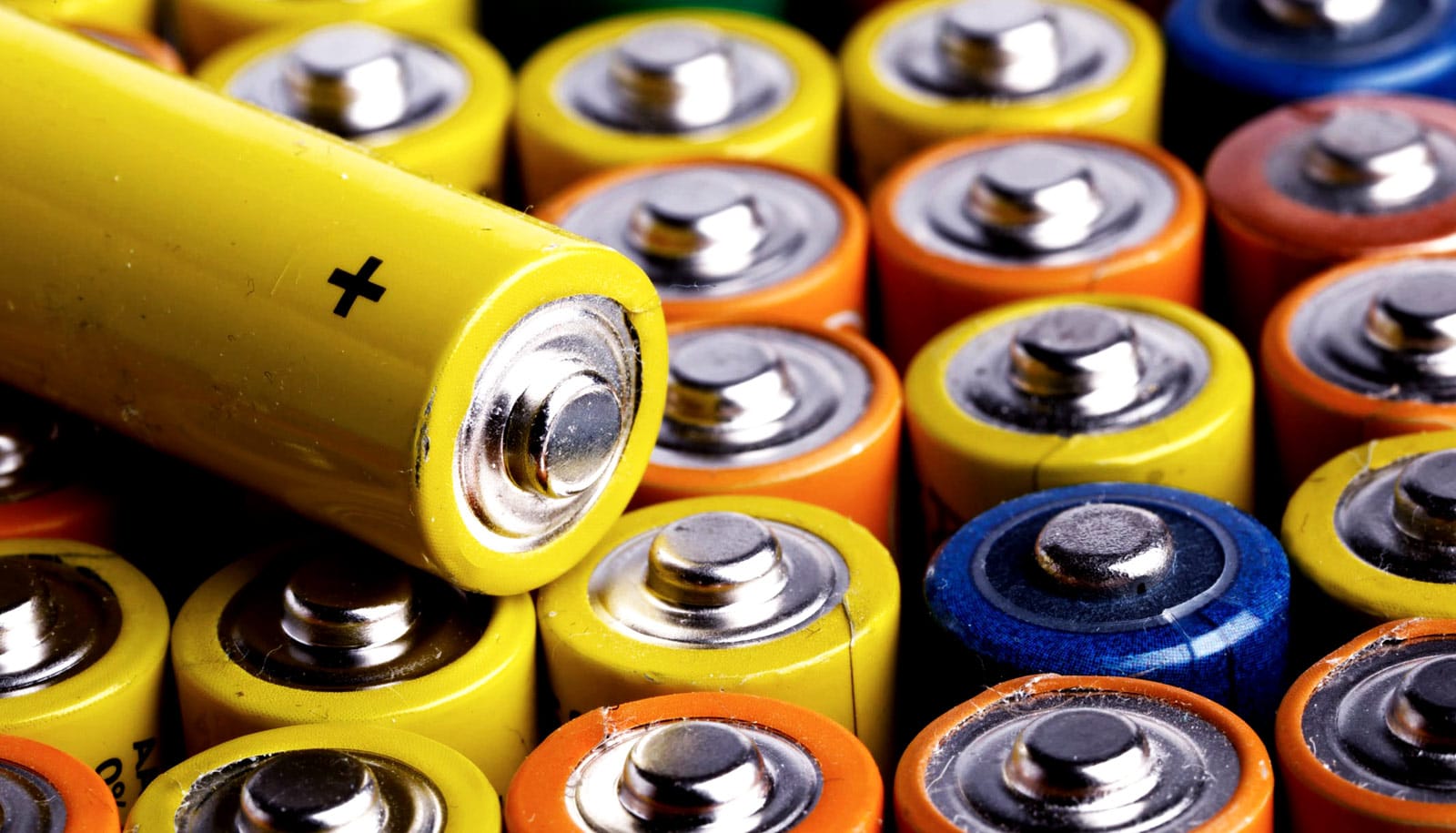A mathematical model may help scientists design new kinds of materials for use in high-power batteries.
In a study published this week in Applied Physics Letters, researchers describe their new mathematical model for designing materials for storing electricity. The model could be a huge benefit to chemists and materials scientists, who traditionally rely on trial and error to create new materials for batteries and capacitors.
Advancing new materials for energy storage is also an important step toward reducing carbon emissions in the transportation and electricity sectors.
“The potential here is that you could build batteries that last much longer and make them much smaller,” says study coauthor Daniel Tartakovsky, a professor in the School of Earth, Energy & Environmental Sciences at Stanford University
“If you could engineer a material with a far superior storage capacity than what we have today, then you could dramatically improve the performance of batteries,” Tartakovsky adds.
The importance of better energy storage
One of the primary obstacles to transitioning from fossil fuels to renewables is the ability to store energy for later use, such as during hours when the sun is not shining, in the case of solar power. Demand for cheap, efficient storage has increased as more companies turn to renewable energy sources, which offer significant public health benefits.
“Current batteries and other storage devices are a major bottleneck for transition to clean energy…”
Tartakovsky hopes the new materials developed through this model will improve supercapacitors, a type of next-generation energy storage that could replace rechargeable batteries in high-tech devices like cellphones and electric vehicles.
Supercapacitors combine the best of what is currently available for energy storage—batteries, which hold a lot of energy but charge slowly, and capacitors, which charge quickly but hold little energy. The materials must be able to withstand both high power and high energy to avoid breaking, exploding, or catching fire.
“Current batteries and other storage devices are a major bottleneck for transition to clean energy,” Tartakovsky says. “There are many people working on this, but this is a new approach to looking at the problem.”
Math finds top culprit as lithium-ion batteries age
The types of materials widely used to develop energy storage, known as nanoporous materials, look solid to the human eye but contain microscopic holes that give them unique properties.
Developing new, possibly better nanoporous materials has, until now, been a matter of trial and error—arranging minuscule grains of silica of different sizes in a mold, filling the mold with a solid substance, and then dissolving the grains to create a material containing many small holes. The method requires extensive planning, labor, experimentation, and modifications, without guaranteeing the end result will be the best possible option.
“We developed a model that would allow materials chemists to know what to expect in terms of performance if the grains are arranged in a certain way, without going through these experiments,” Tartakovsky says. “This framework also shows that if you arrange your grains like the model suggests, then you will get the maximum performance.”
More than batteries
Energy is just one industry that makes use of nanoporous materials, and Tartakovsky says he hopes this model will be applicable in other areas, as well.
“This particular application is for electrical storage, but you could also use it for desalination, or any membrane purification,” he says. “The framework allows you to handle different chemistry, so you could apply it to any porous materials that you design.”
Xuan Zhang, Tartakovsky’s former PhD student at the University of California, San Diego, is the lead author of the study. The Defense Advanced Research Projects Agency and the National Science Foundation supported the research.
Source: Stanford University



